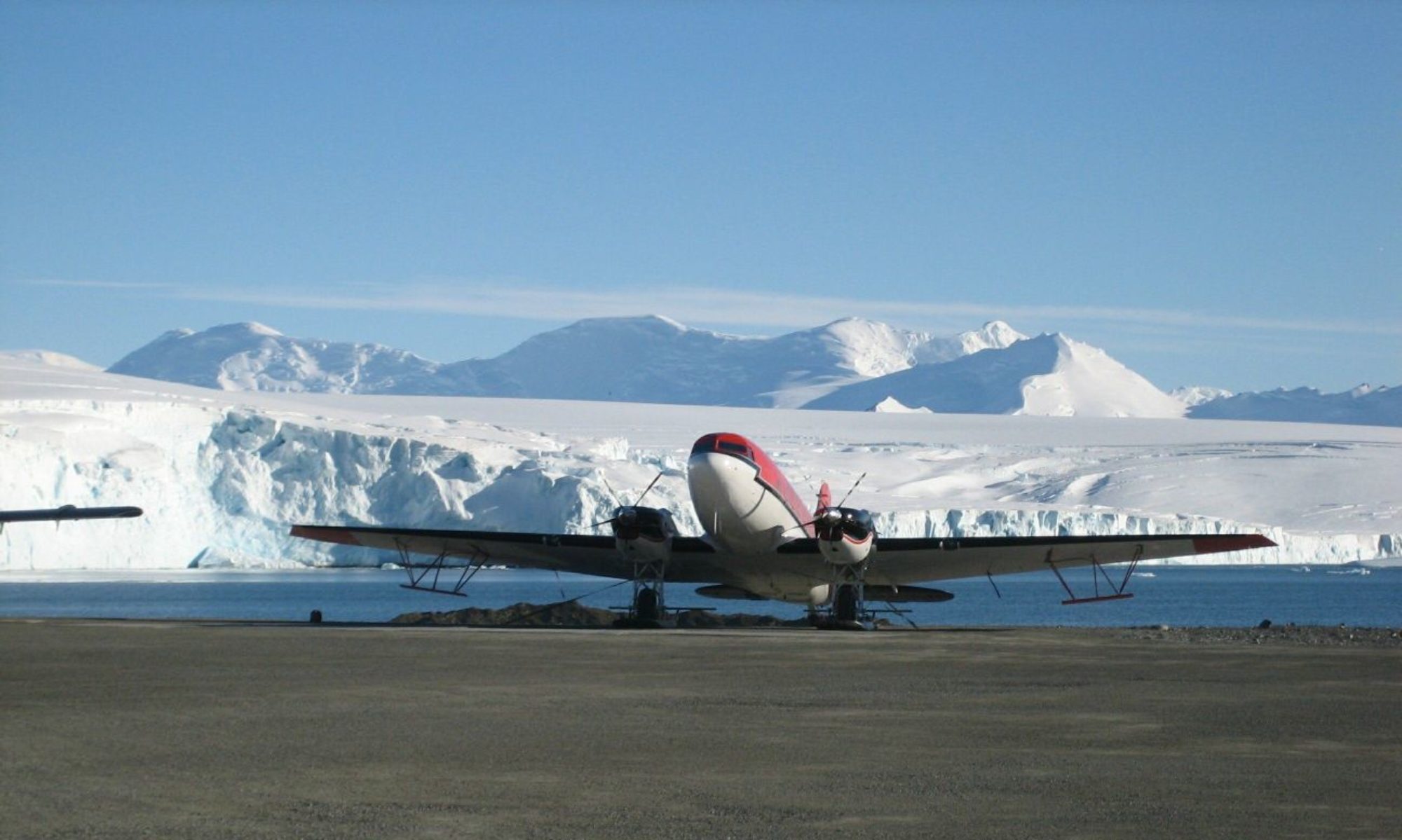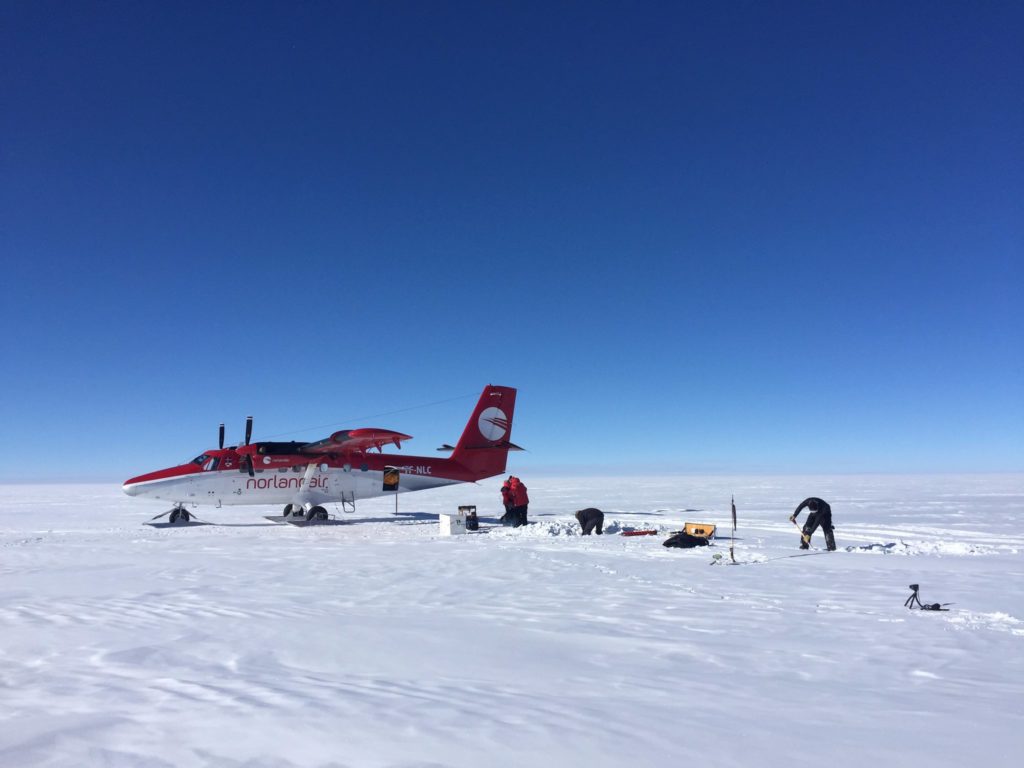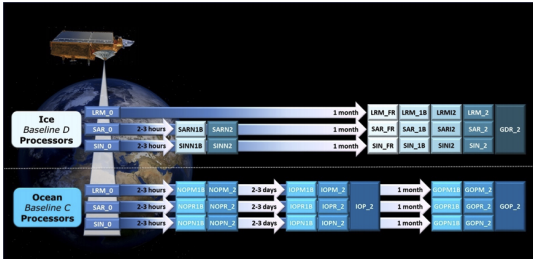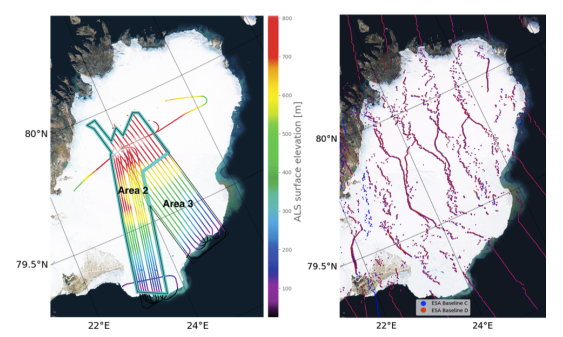The inland ice sheet that covers Greenland is shrinking and the melting is happening faster. This is confirmed by a new, detailed study carried out by researchers in the Department of Geodesy and Earth Observation, led by senior researcher Sebastian Bjerregaard Simonsen. The new research was recently published in the journal Geophysical Research Letters.
Research shows that from 1992 to 2020, more than 4,400 Gigatons of ice melted away. This melted ice has contributed to a 12 mm increase in the water level of the world’s oceans.
The research is based on altitude measurements over the 28 years with the ESA satellites ERS-1, ERS-2, ENVISAT, CryoSat-2 and Sentinel-3A. The unique thing about a new study is that the satellites cover the entire period with an uninterrupted time series and are based on the same measurement methods year by year. The Danish research team is the first to translate the long European time series of height changes into mass loss.
“On average, this corresponds to 158 Gigatons of ice melting each year over this period of nearly three decades. But there are big differences during the period and a clear trend towards the melting accelerating,” says Sebastian Bjerregaard Simonsen.
In the 1990s, the average melting rate was 57 Gt ice/year. In the 2000s it was 163 Gt ice/year. And in the 2010s, the average was 241 Gt of ice/year.
Read more here or find the full article at:
Simonsen, S. B., Barletta, V. R., Colgan, W., & Sørensen, L. S. (2021). Greenland ice sheet mass balance (1992‐2020) from calibrated radar altimetry. Geophysical Research Letters, 48, e2020GL091216. https://doi.org/10.1029/2020GL091216

(Photo. Icebergs and large pieces of ice near Jakobshavn in Greenland. Photo: DTU Space/S.B. Simonsen)



